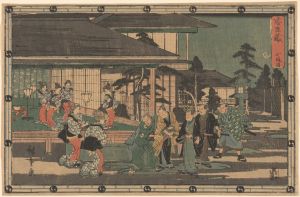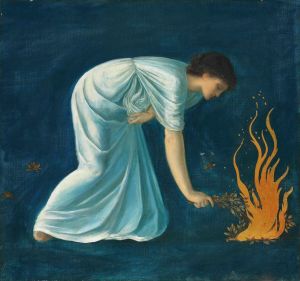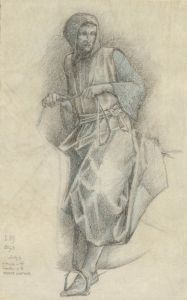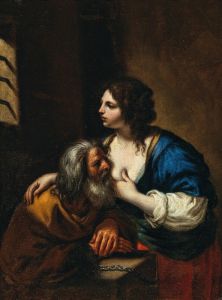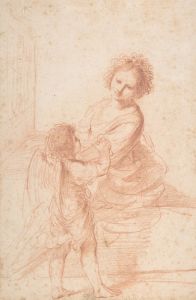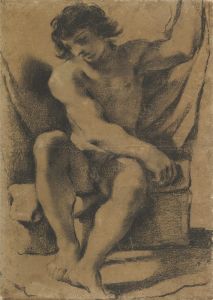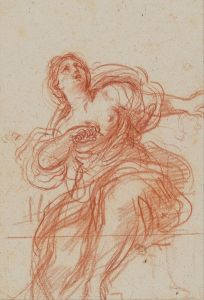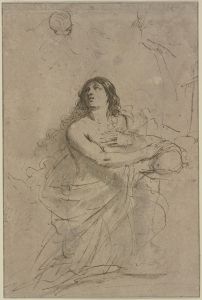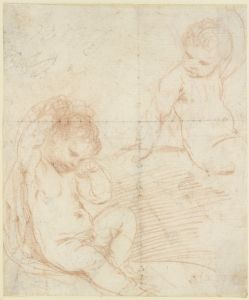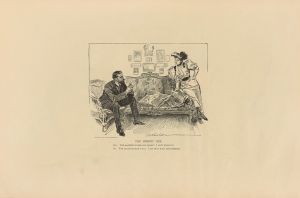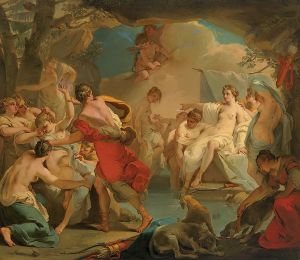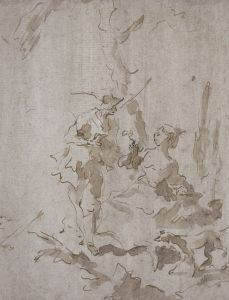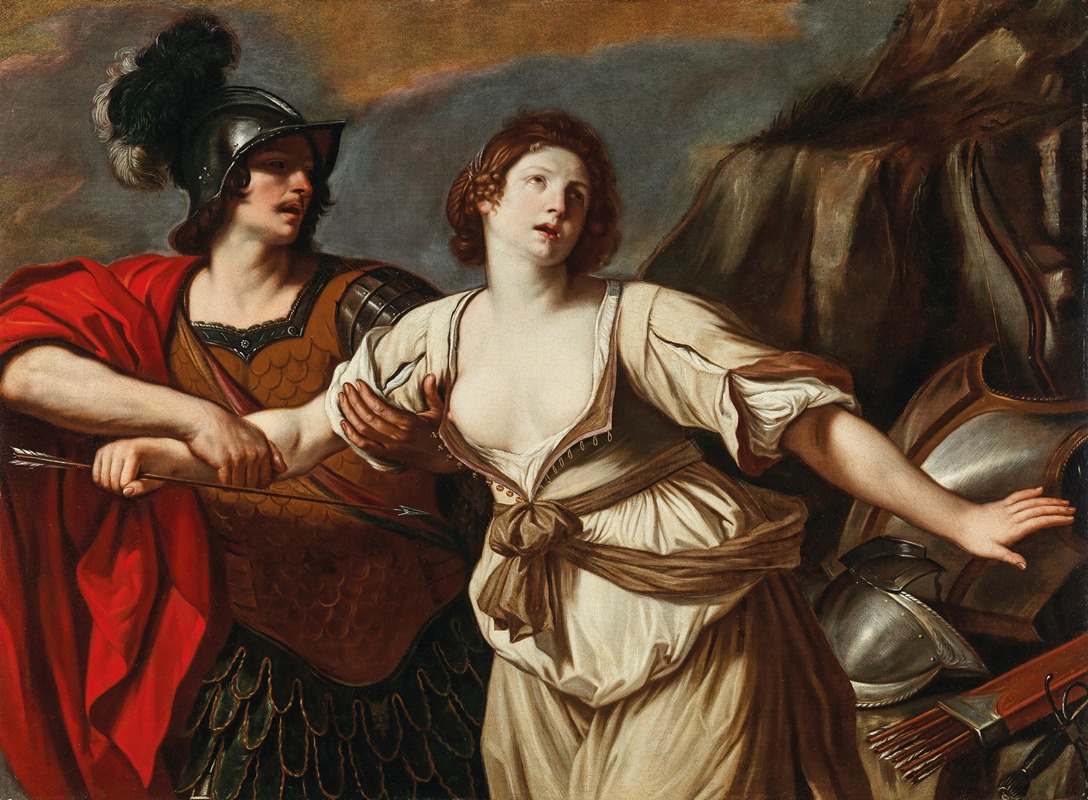
Rinaldo ed Armida
A hand-painted replica of Guercino’s masterpiece Rinaldo ed Armida, meticulously crafted by professional artists to capture the true essence of the original. Each piece is created with museum-quality canvas and rare mineral pigments, carefully painted by experienced artists with delicate brushstrokes and rich, layered colors to perfectly recreate the texture of the original artwork. Unlike machine-printed reproductions, this hand-painted version brings the painting to life, infused with the artist’s emotions and skill in every stroke. Whether for personal collection or home decoration, it instantly elevates the artistic atmosphere of any space.
"Rinaldo ed Armida" is a painting created by the Italian Baroque artist Giovanni Francesco Barbieri, better known as Guercino. This artwork, completed in 1637, depicts a scene from Torquato Tasso's epic poem "Gerusalemme Liberata" (Jerusalem Delivered), which was first published in 1581. The poem narrates a fictionalized version of the First Crusade, focusing on the Christian knights' efforts to capture Jerusalem.
In the painting, Guercino illustrates the moment when the Christian knight Rinaldo is seduced by the enchantress Armida. This episode is one of the most famous and dramatic parts of Tasso's poem. Armida, a sorceress allied with the Muslims, initially intends to kill Rinaldo but falls in love with him instead. She uses her magical powers to enchant him and keep him in her garden, away from the battlefield.
Guercino's "Rinaldo ed Armida" captures the emotional intensity and romantic tension of this encounter. The composition is marked by its dynamic movement and dramatic use of light and shadow, characteristic of the Baroque style. Rinaldo is depicted as a strong, youthful figure, his armor partially removed, symbolizing his vulnerability and the power of Armida's enchantment. Armida, on the other hand, is shown as a beautiful and commanding presence, her gestures and expression conveying both her enchantment and her inner conflict.
The painting is notable for its rich color palette and the detailed rendering of textures, from the softness of Armida's garments to the metallic sheen of Rinaldo's armor. Guercino's skillful use of chiaroscuro enhances the three-dimensionality of the figures and the overall dramatic effect of the scene.
"Rinaldo ed Armida" is housed in the Galleria Doria Pamphilj in Rome, Italy. The gallery is part of the Palazzo Doria Pamphilj, a historic palace that contains one of the most significant private art collections in Rome. The painting is a testament to Guercino's mastery of narrative painting and his ability to convey complex emotional states through his art.
Guercino, born in 1591 in Cento, Italy, was a prominent figure in the Baroque movement. He was known for his dynamic compositions, vigorous brushwork, and the emotional intensity of his works. Throughout his career, Guercino received numerous commissions from both religious and secular patrons, and his works were highly regarded by his contemporaries.
"Rinaldo ed Armida" remains an important example of Guercino's oeuvre and a significant representation of Baroque art's fascination with dramatic, emotionally charged subjects. The painting continues to be studied and admired for its artistic and historical significance, reflecting the enduring appeal of Tasso's epic and the skill of one of Italy's great Baroque painters.





